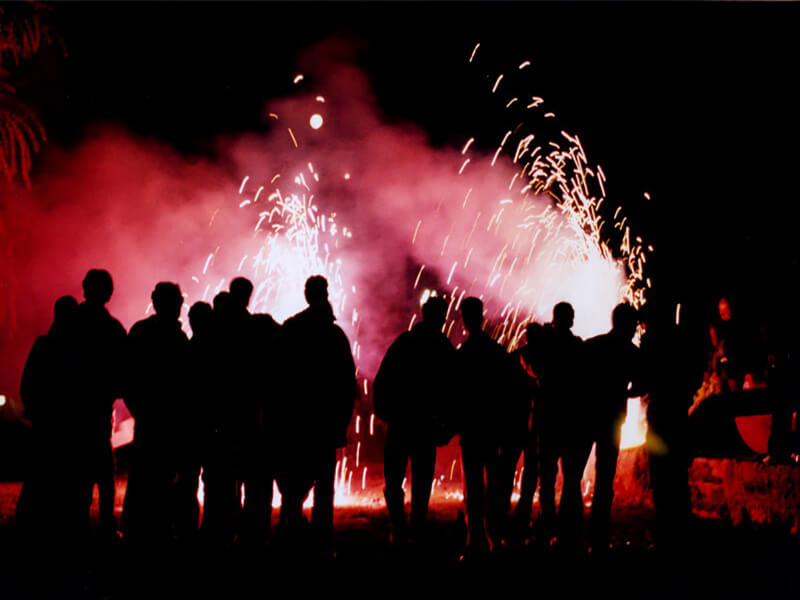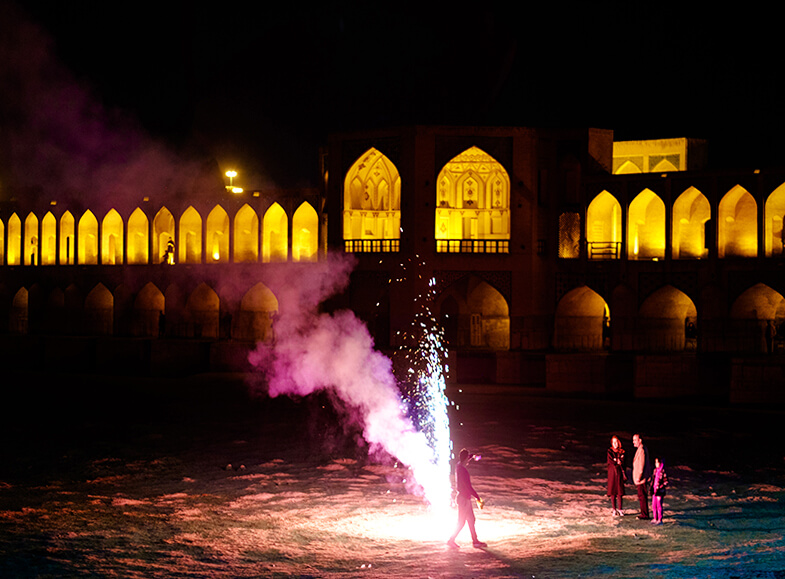
On the eve of the last Wednesday of the year Chaharshanbe Soori (or, “Red Wednesday”) is celebrated. This ceremony is a purification ritual in which crowds gather in public places and jump over bonfires, sing traditional songs and repeat the phrase, “Give me your beautiful red color and take back my sickly pallor!” meaning that you take the fire’s heat and energy and give your negative energies to the fire.
The fire serves as a
symbol of light and good. They also buy a special mix of sweet and sour nuts.
It is believed that by eating these nuts on Chaharshanbe Suri all your wishes
will come true. And the families wish
for enlightenment and happiness for the new year. Children run through the
streets banging loudly on pots and knocking on doors, asking for sweets or
money. It’s sort of like Halloween.
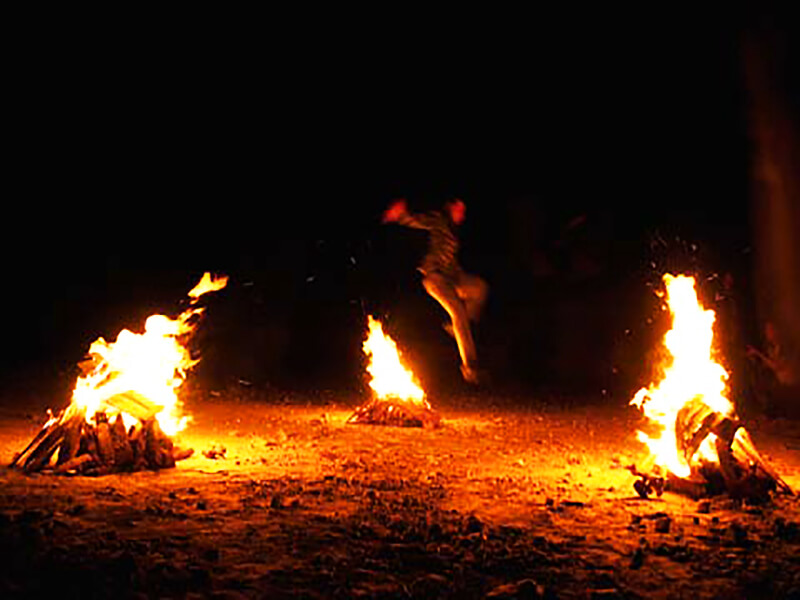
What is the history of Chahrshanbeh Suri?
Iran is a mystical land of various and interesting celebration and festivals. Some of the rituals and festivals in Iran consist of religious ceremonies and rites, and others have more historical and ceremonial backgrounds, which can be tracked back in ancient time.
In ancient Iran, at the end of each month, there was a festival called Sur. That being said, ChaharShanbeh Suri consists of two words, Chaharshanbe which is Wednesday and Suri which means “red celebration”. That’s why this day is celebrated since ancient time. Chaharshanbeh Suri is one of the most important and old Iranian festivals which is held on the last Tuesday of March, before Nowruz, the Iranian New Year.
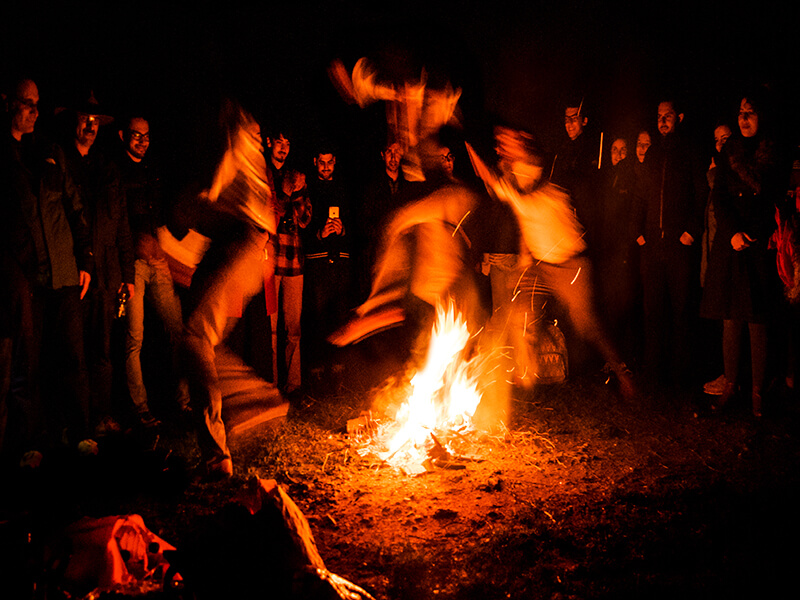
How has Chaharshanbeh Suri changed in different times and dynasties?
atThe theme of fire in ancient times was for the respect that Iranians had towards their past ones. They believed that for ten days before, Nowruz (Iranian new year) the dead would return home to meet their friends, family, and relatives. That’s why they cleaned their houses, and set a fire on the roof tops, so the dead could find their way back home.
By the time of the Sasanian Empire, the festival was divided into two parts. It was called the small and big Panjeh (Panjeh in Farsi is referred as the hand with 5 fingers). Both ceremonies were held in two separate 5-day periods. One was called the “Small Panjeh” which was for the souls of children and those who died innocently, and the other was “Big Panjeh”, which was for all the souls.
After the Arab invasion, the celebration of Chaharshanbeh
Suri was held on the last Tuesday of the year. Significantly, they believed
that lighting fire on this day would eliminate its bad omen because the fire in
Islam is the manifestation of purity.
In the time of the Qajar dynasty, there was a large statue
of a cannon “Pearl Cannon” (Tup-e Morvārid) in the middle of Arg
Square in Tehran during the Qajar period. Until the 1920s, it stood in Arg
Square, to which the people of Tehran used to flock on the occasion of
Charshanbe Suri. The belief of the people in that period was strange, spinsters
and childless or unhappy wives climbed up and sat on the barrel or crawled
under it, and mothers even made ill-behaved and troublesome children pass under
it, in the belief that doing so would cure their naughtiness. These customs
died out in the 1920s, when the Pearl Cannon was moved to the Army’s Officers’
Club.
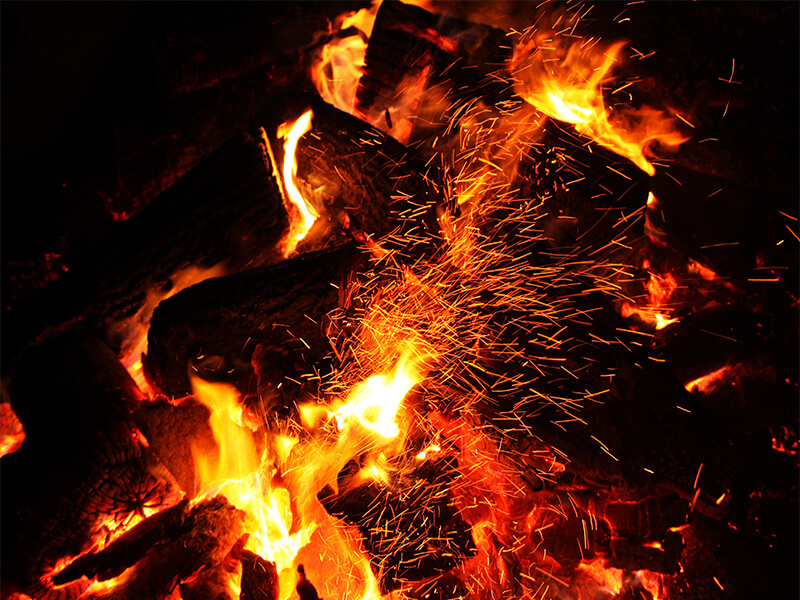
What are Chaharshanbeh Suri rituals?
atThere are several rituals and routines performed in Chaharshanbe Suri, which gives the festival a richer perspective. Some of the most important ones are listed here:
Qaashoq-Zani (Spoon-hitting)
Charshanbe Suri has a custom similar to trick-or-treating that is called Ghashogh-Zani literally translated as “spoon-banging”. People usually wear a veil (chador) longing, youths go to seven different houses to hit spoons against plates or bowls and receive packaged snacks. This ritual, in many ways is the equivalent to Halloween.
Kuze-Shekani (Earthenware Jar-Shattering)
Jug smashing is a ritual that normally takes place after jumping over fire, rooted in the belief that by smashing a jug, all the bad omens of the people of the house is transfered to the jug. Depending on what misfortune people want to get rid of, they will put different things in these pots. Some put coal or ashes of the fire as the symbol of misfortune, some put salt as the symbol of the evil eye, and others coins as the symbol of poverty, they swing the pottery around their heads then the jug is smashed onto the street from the roof. As if all the misfortune, evil eye, and indigence go away with it.
